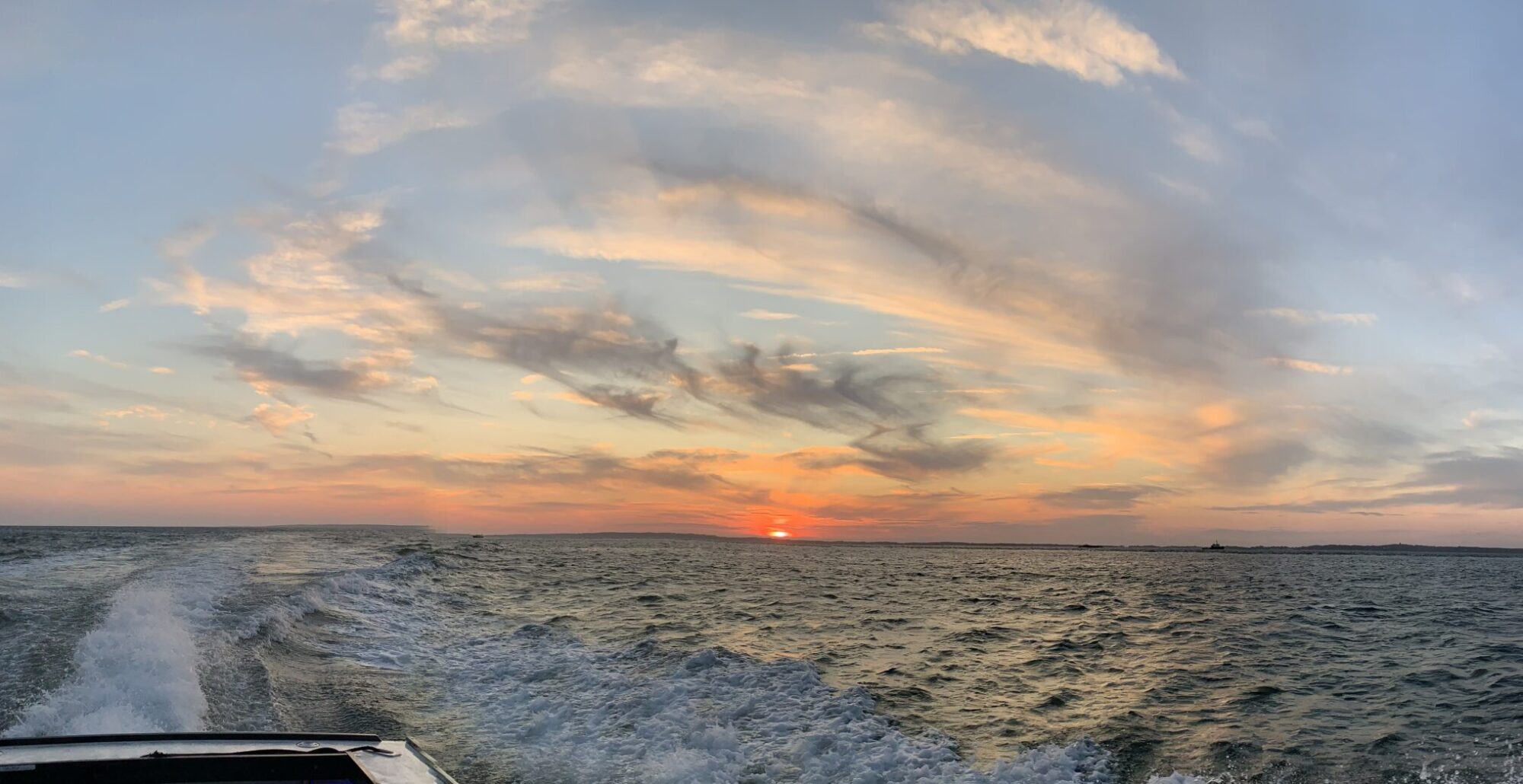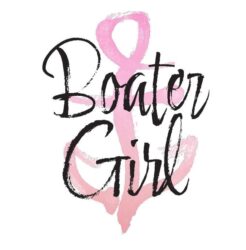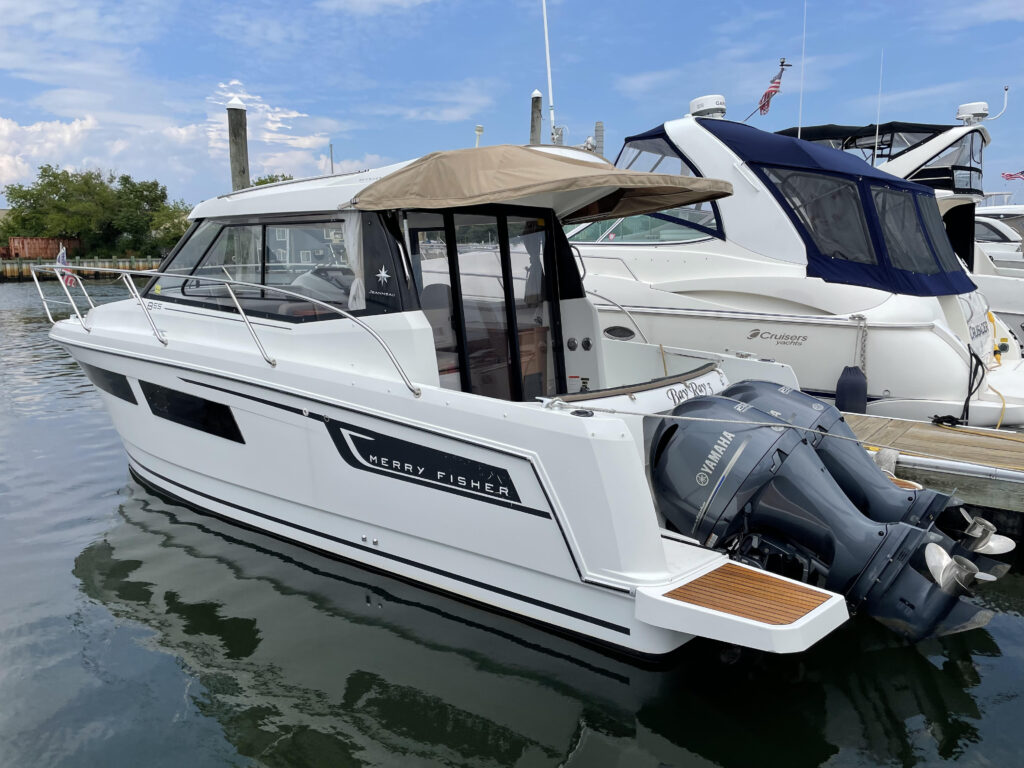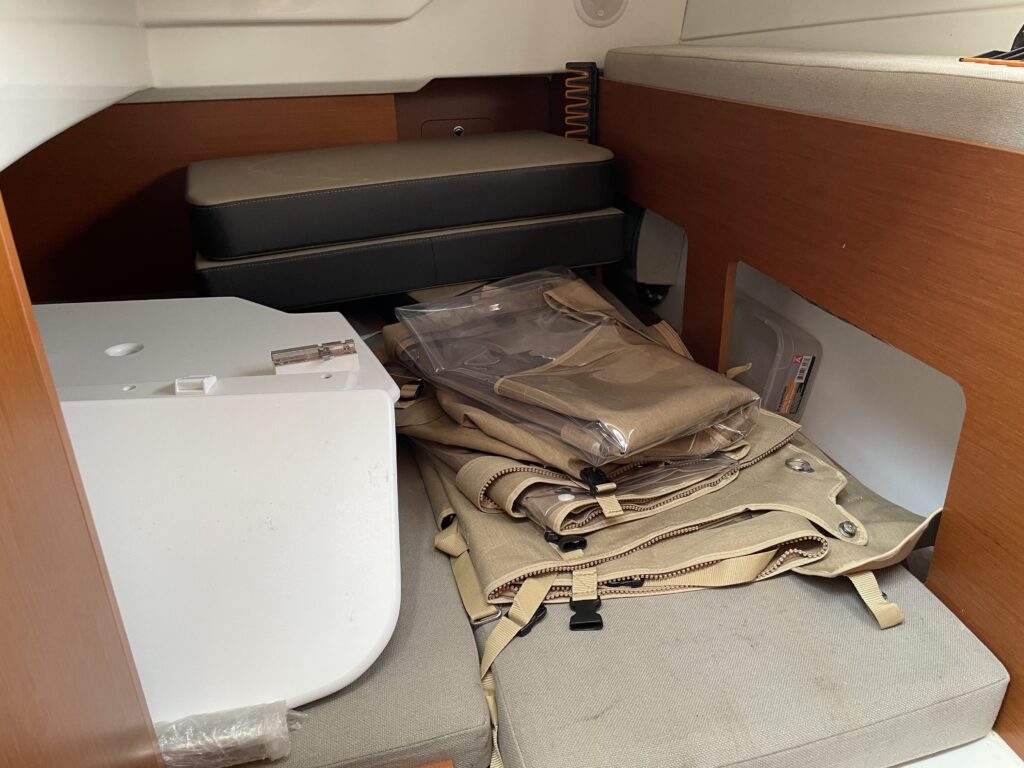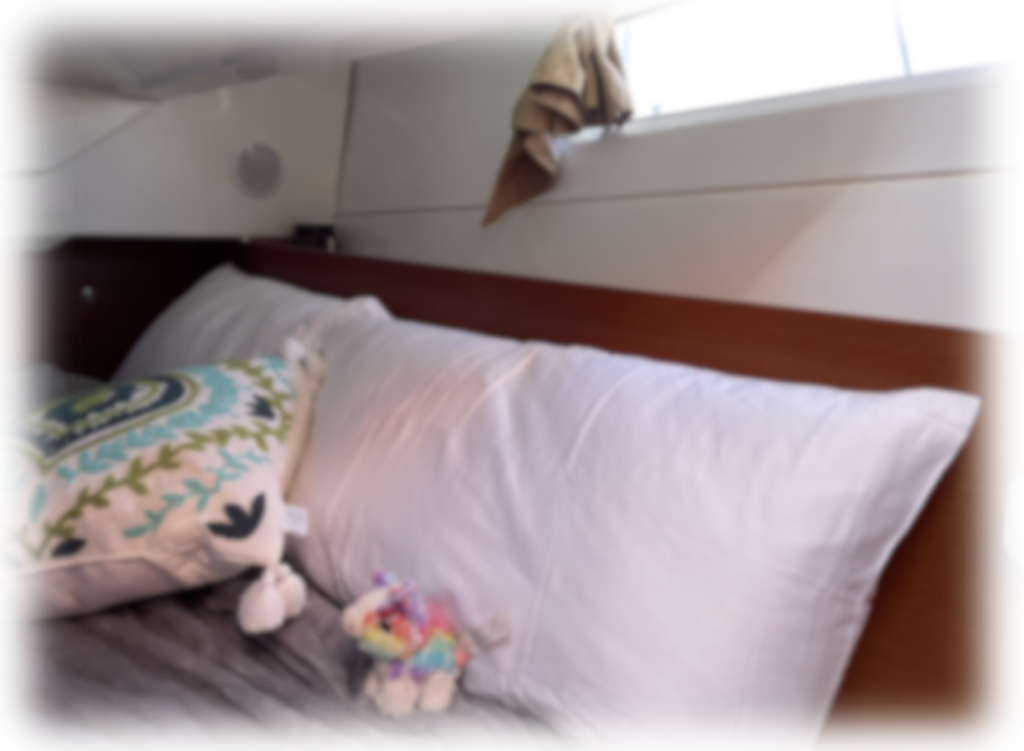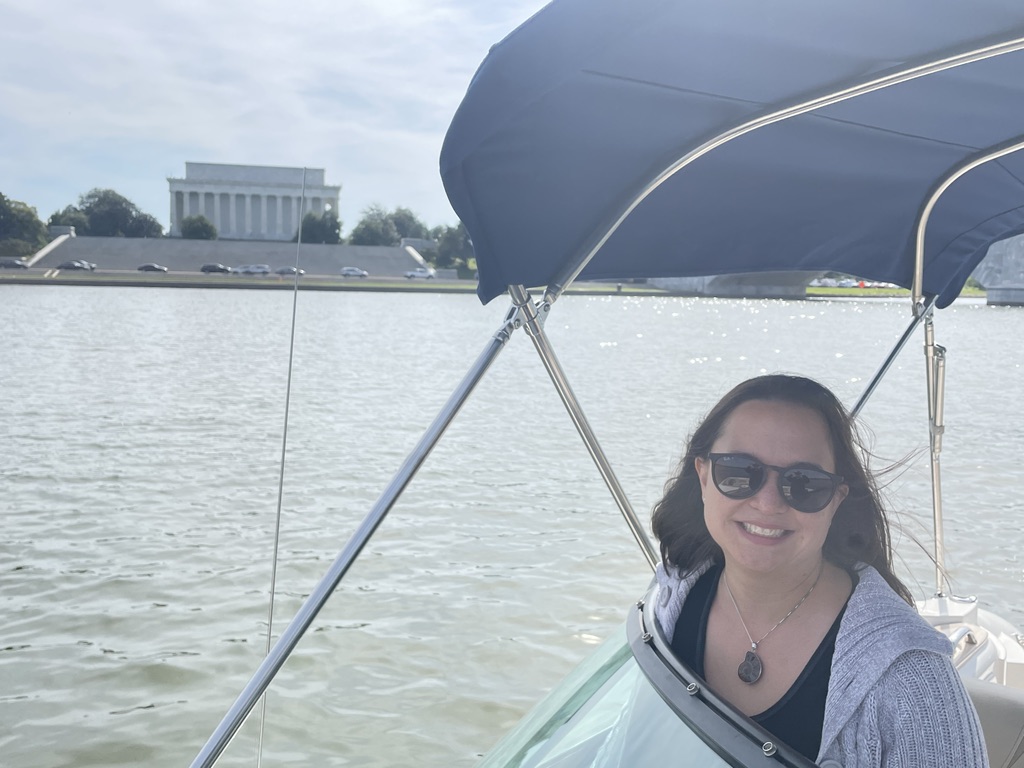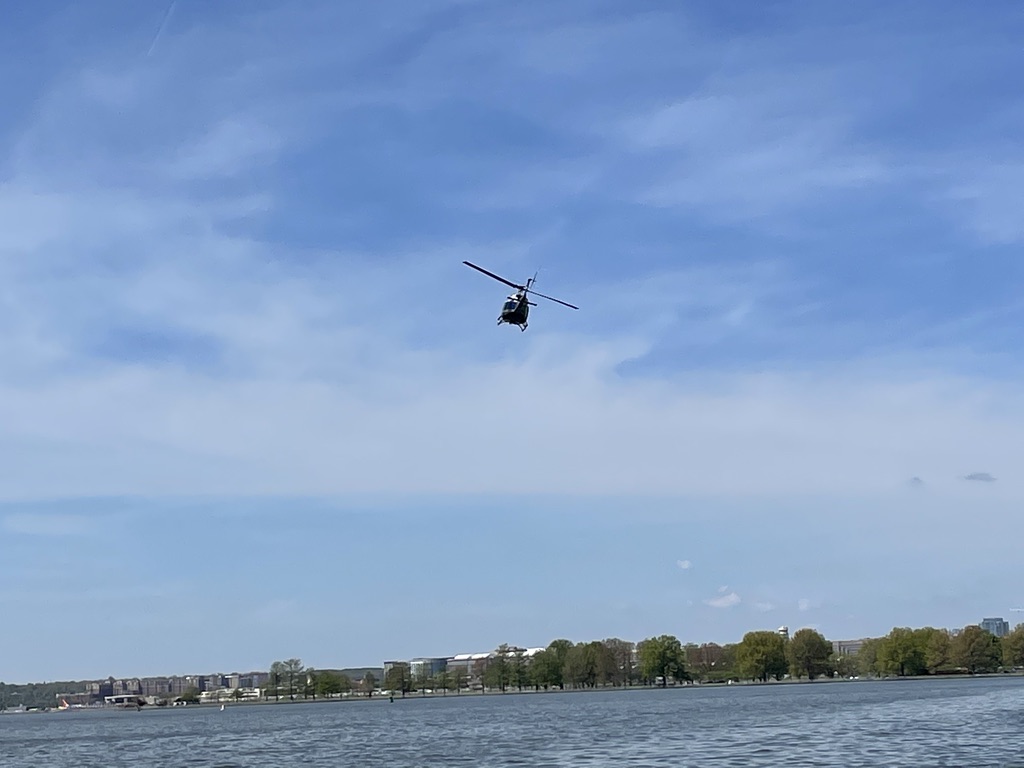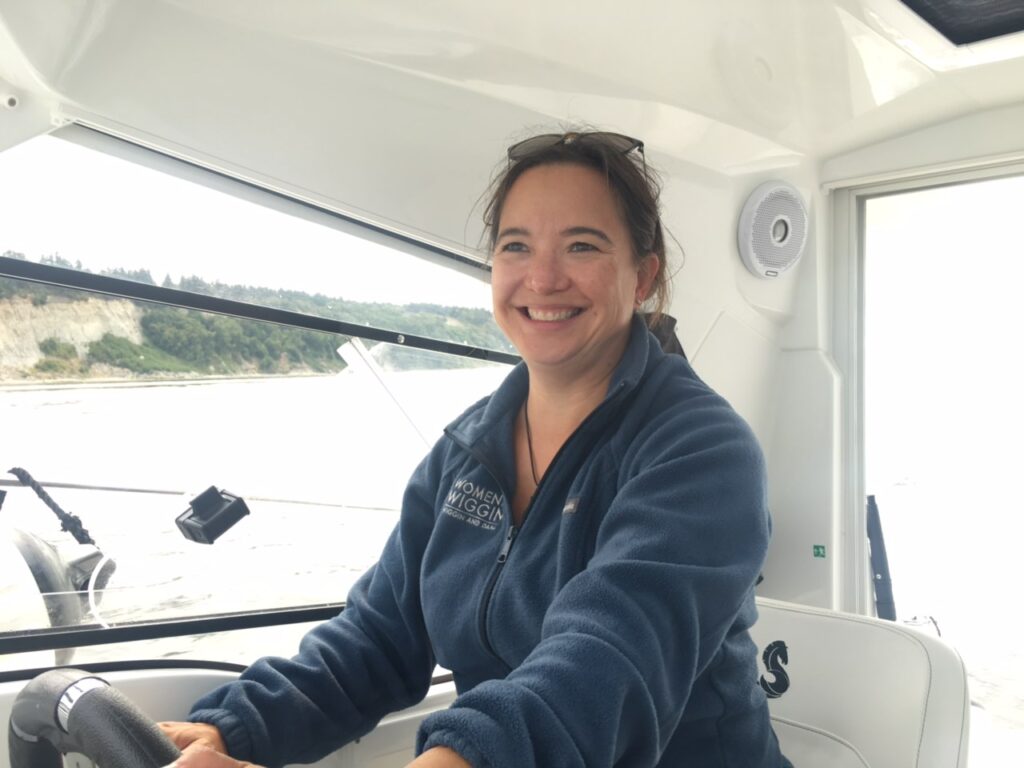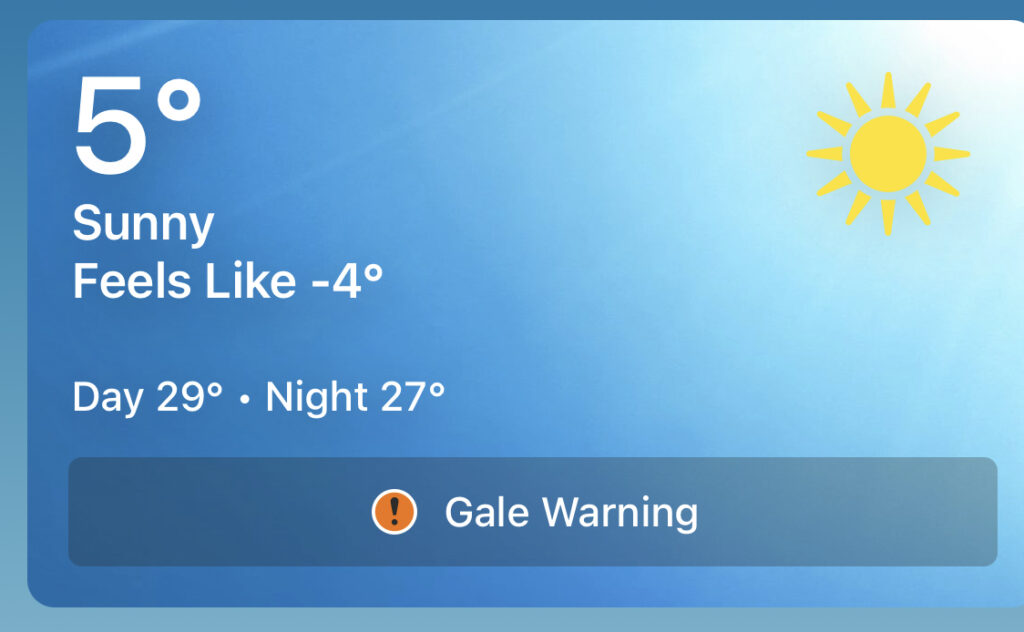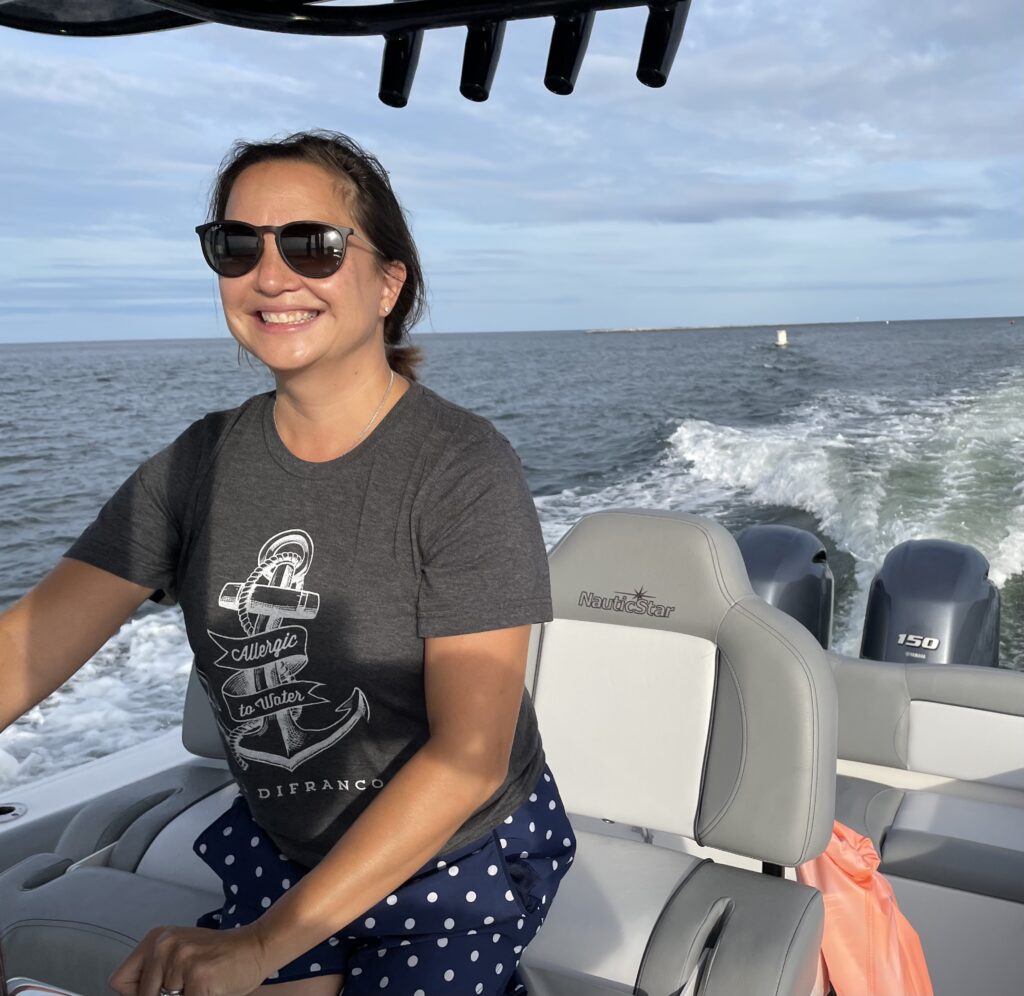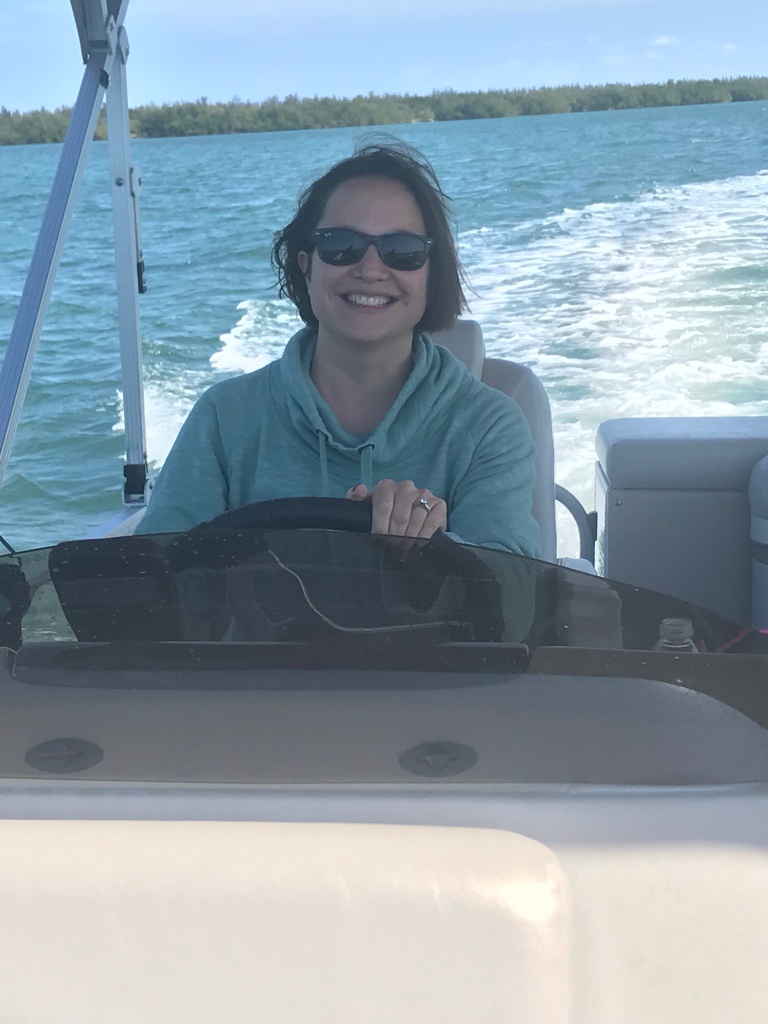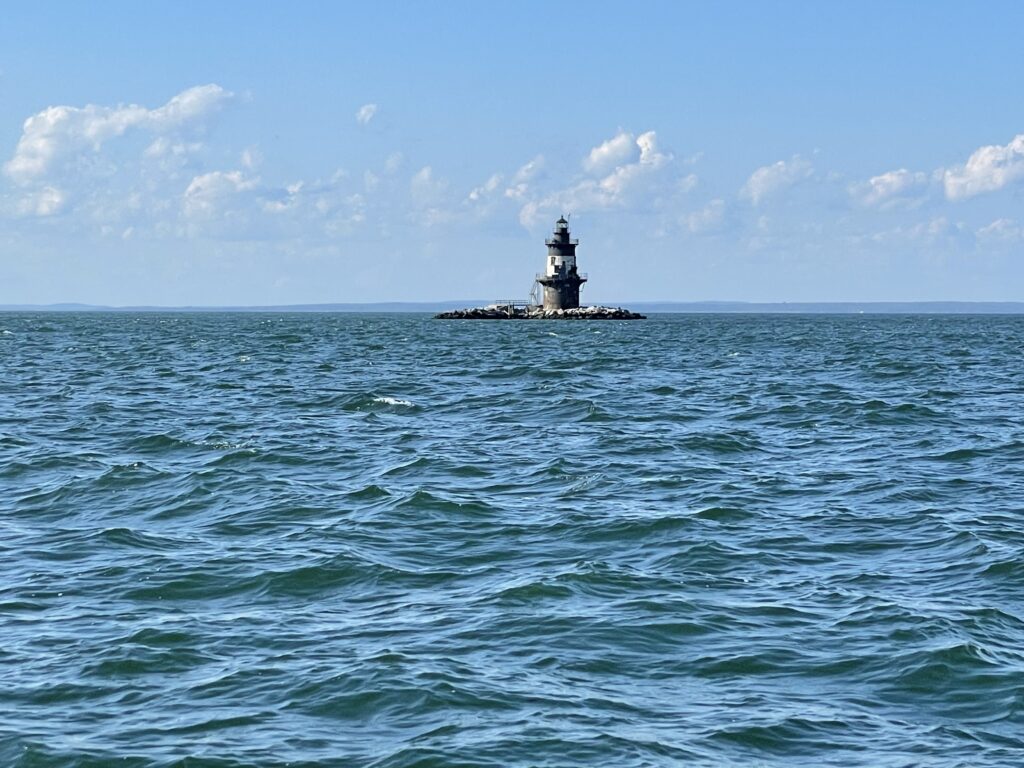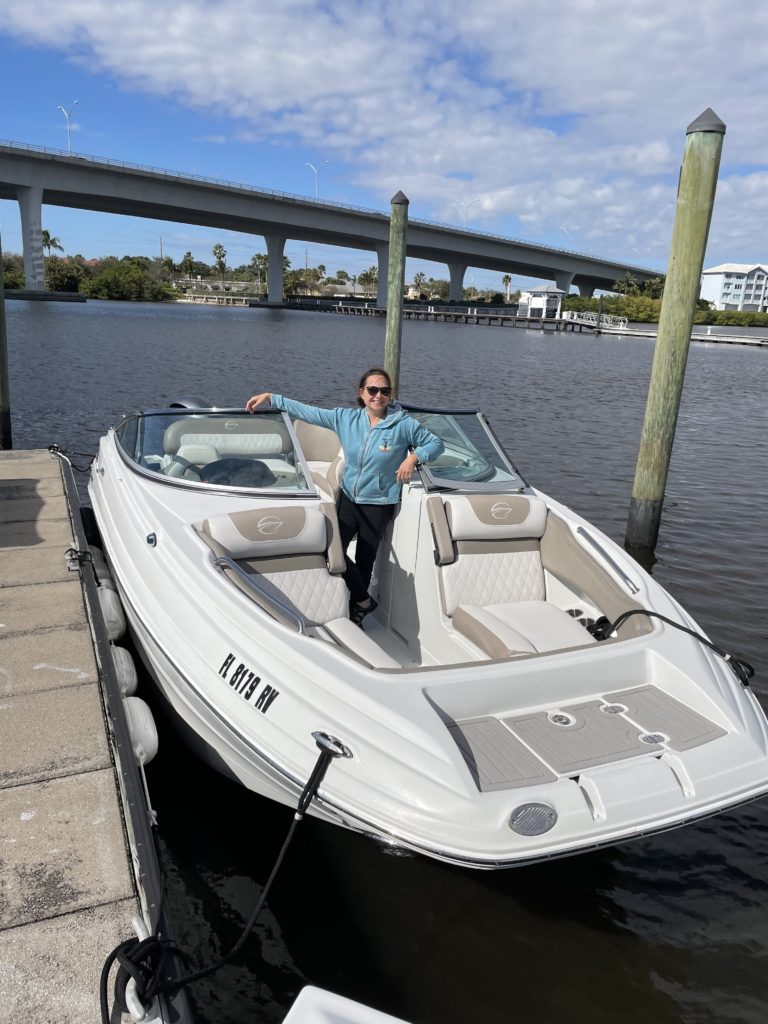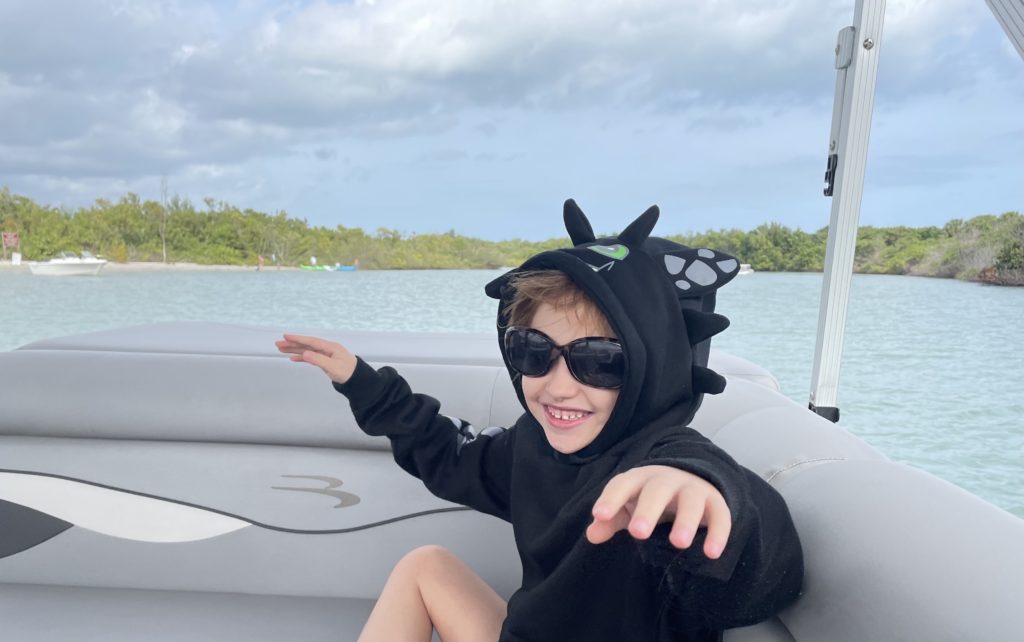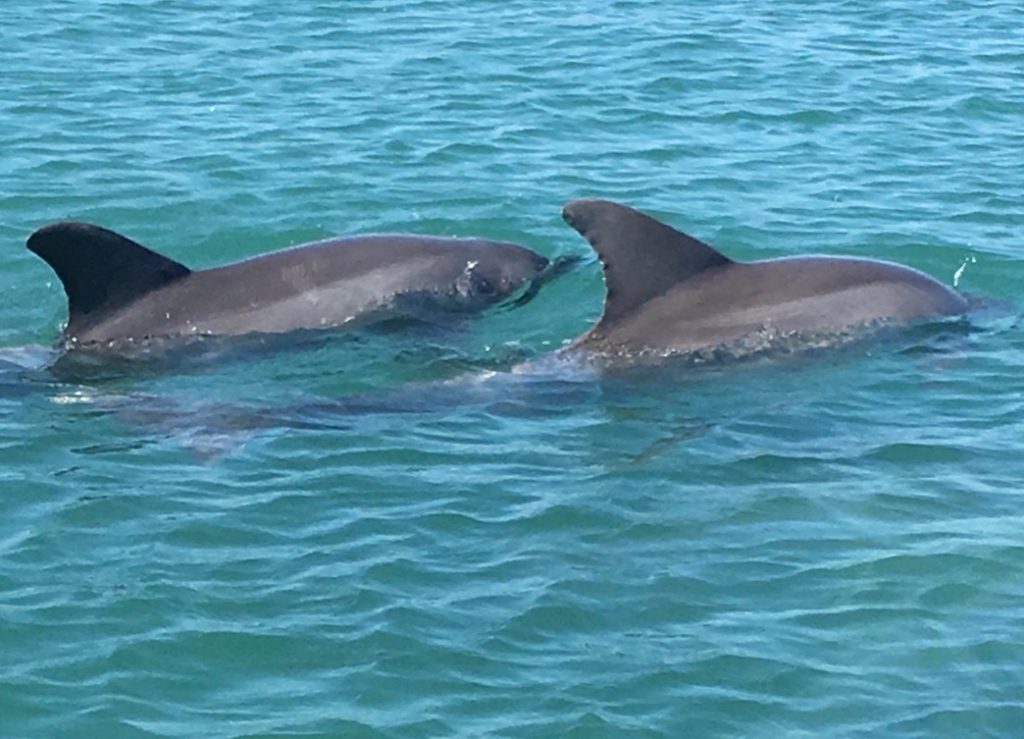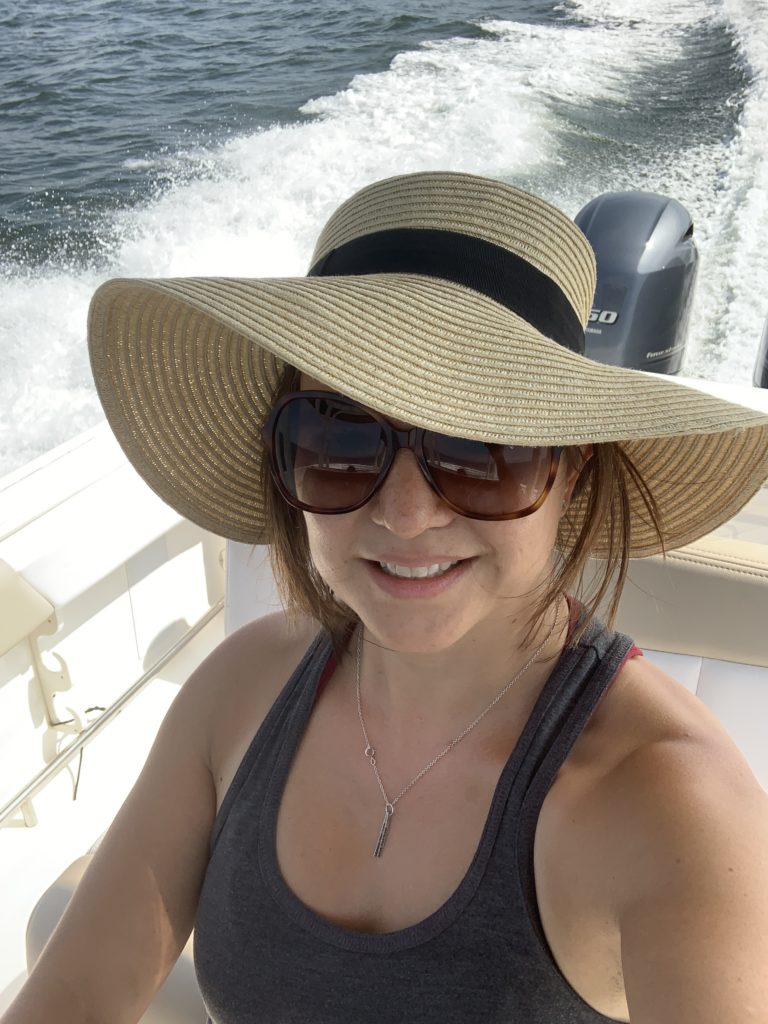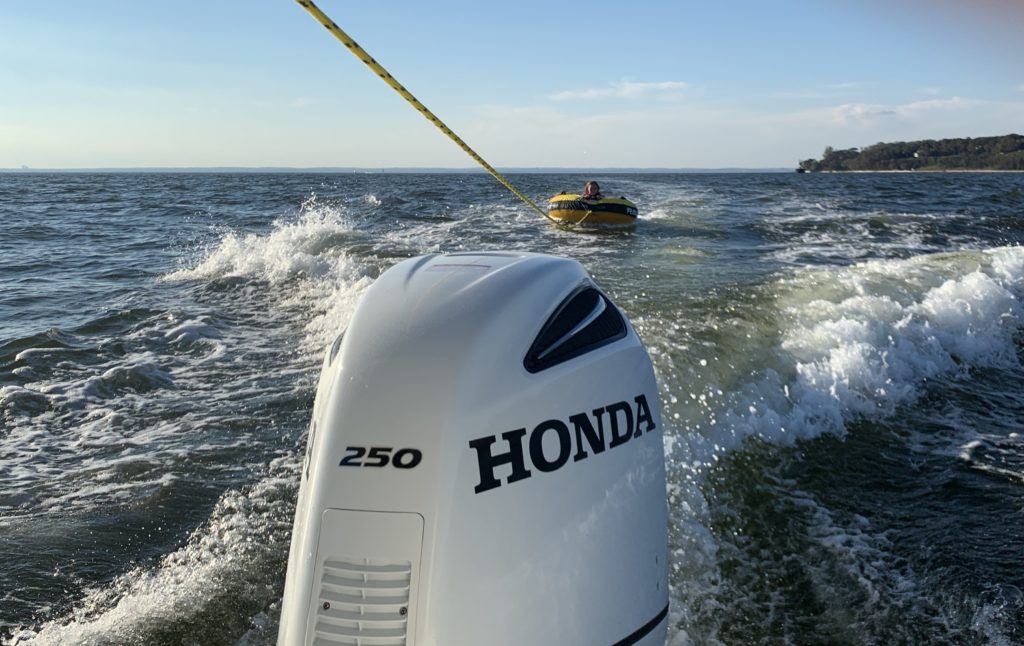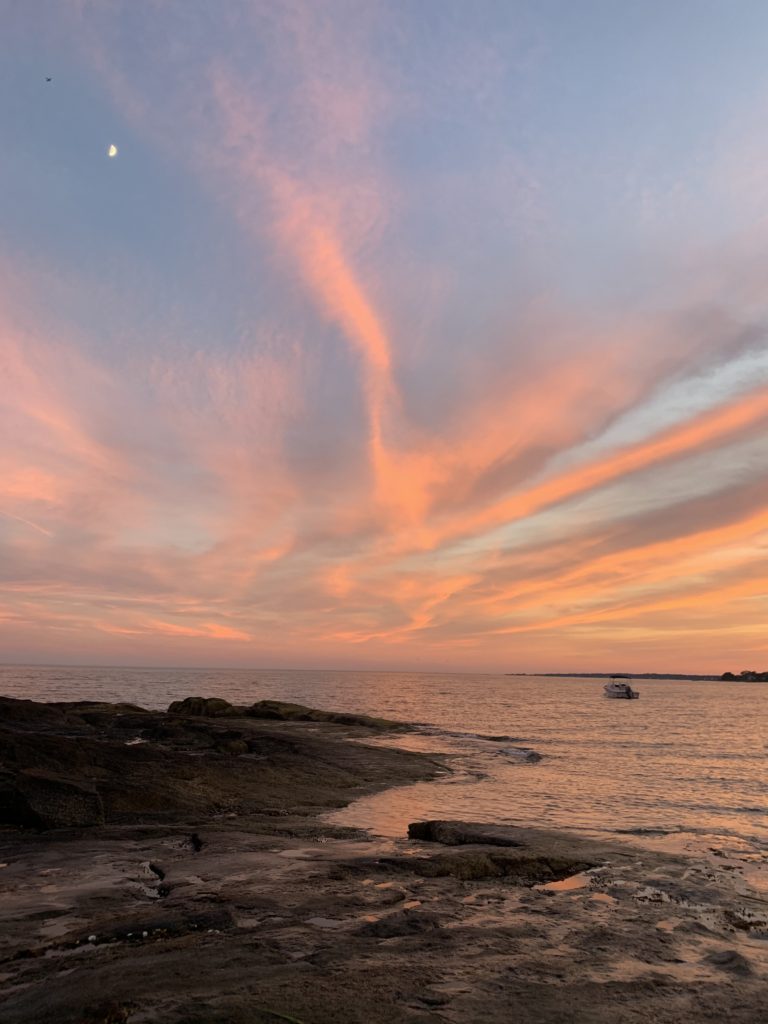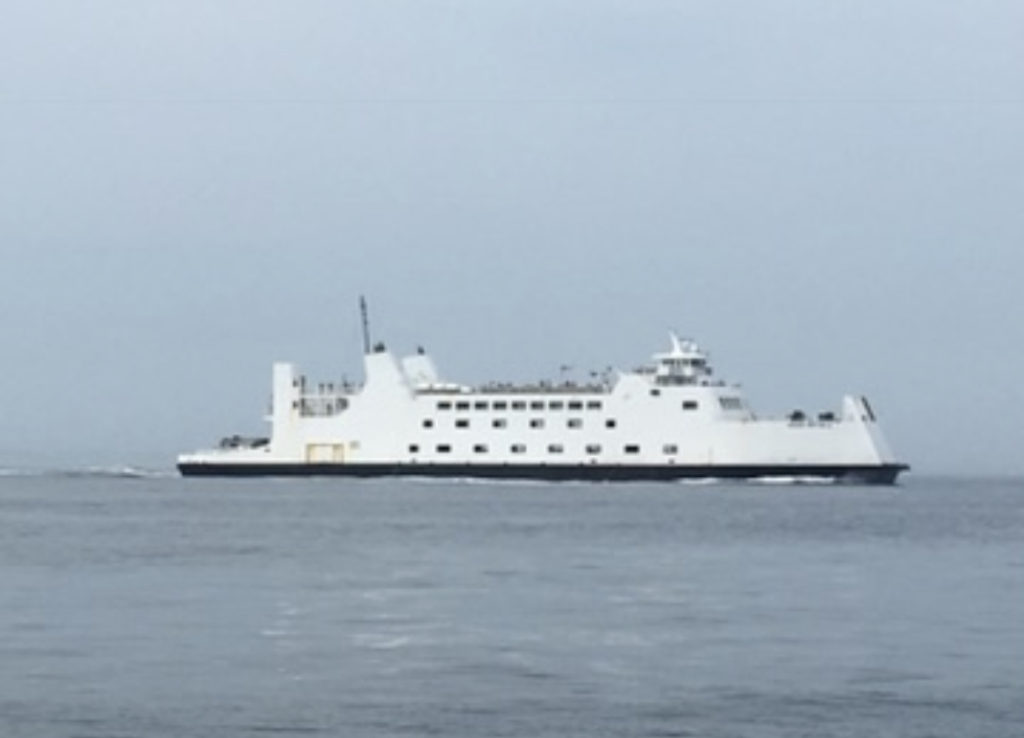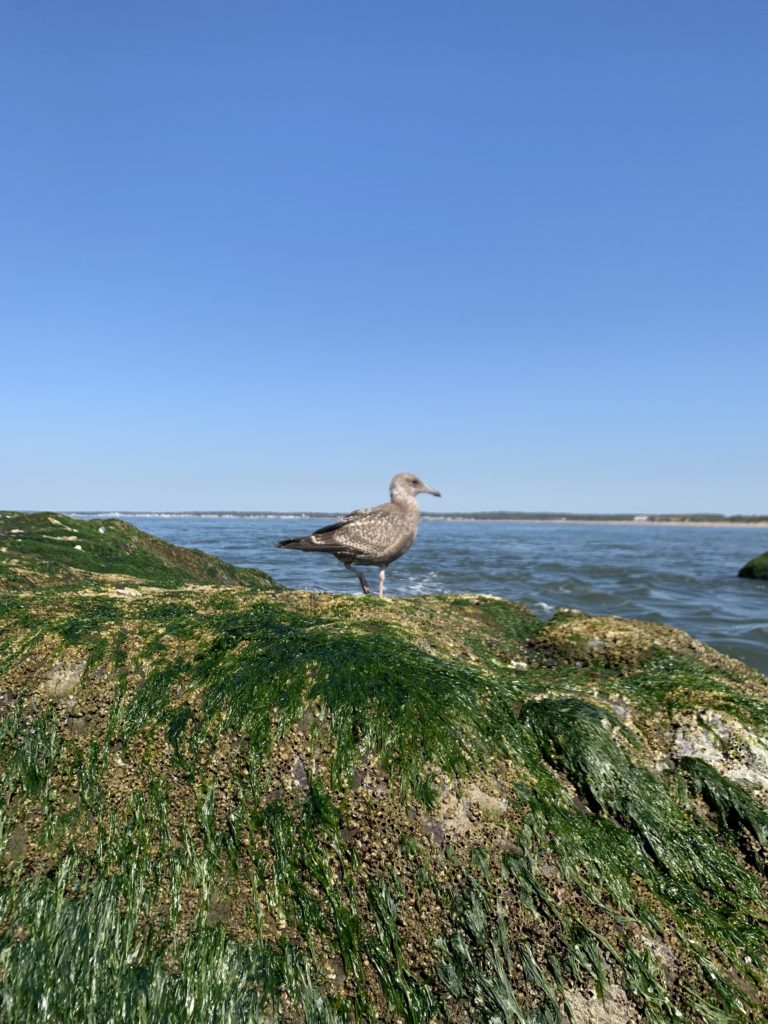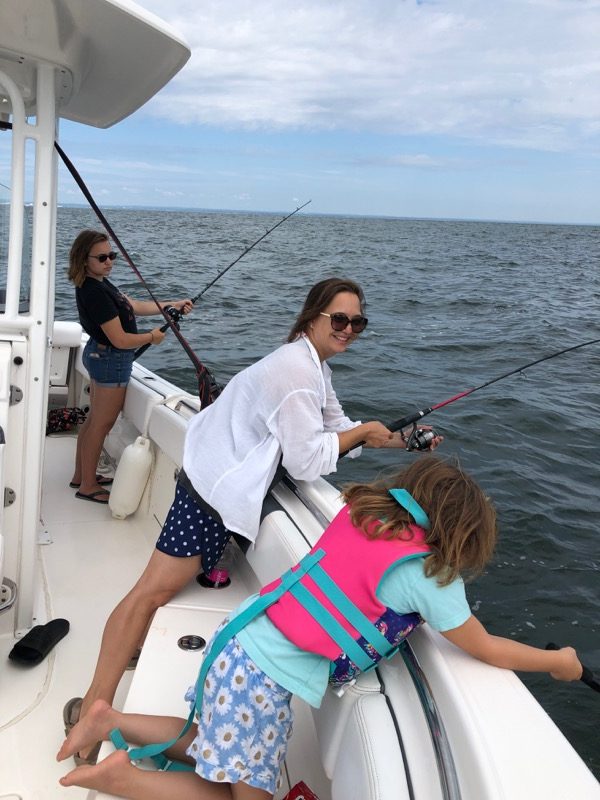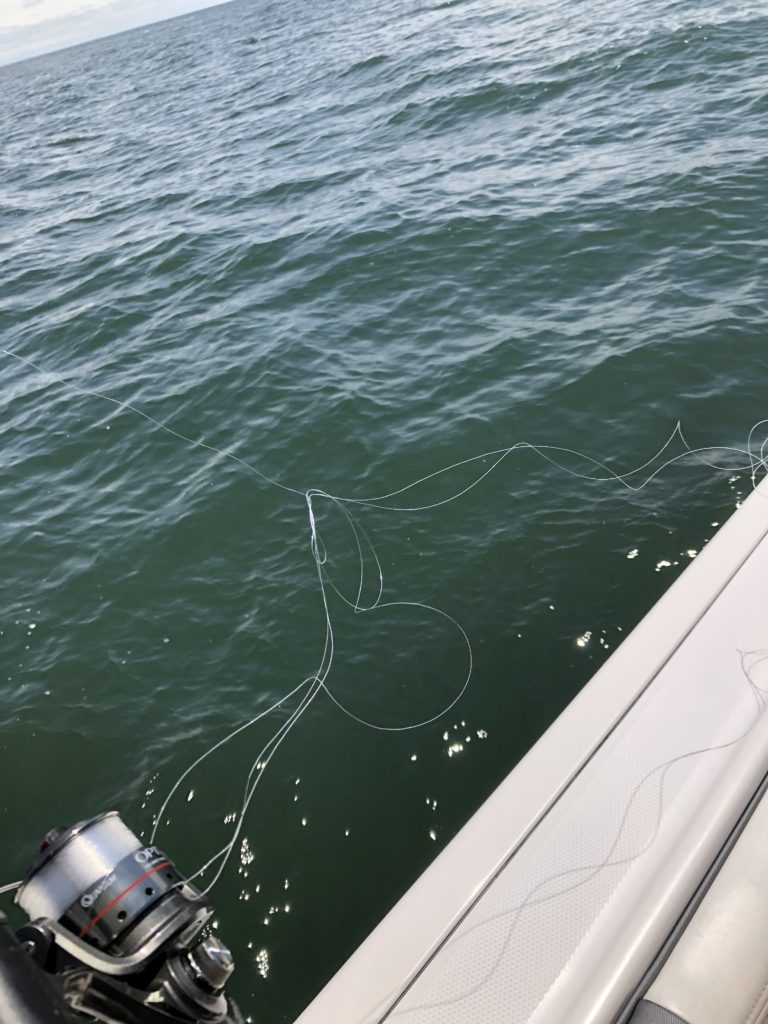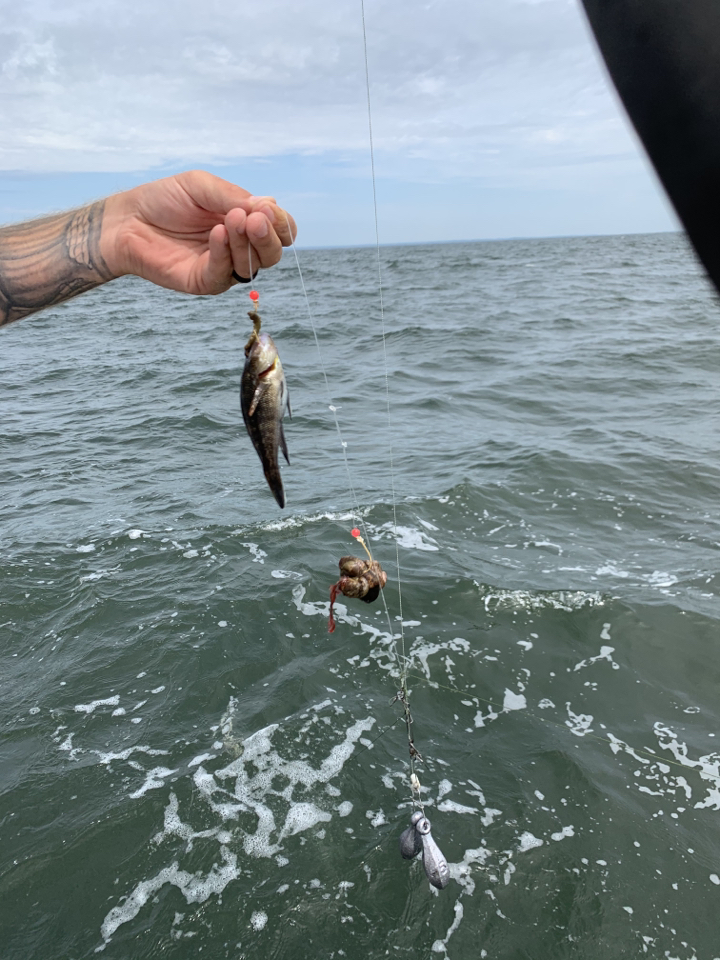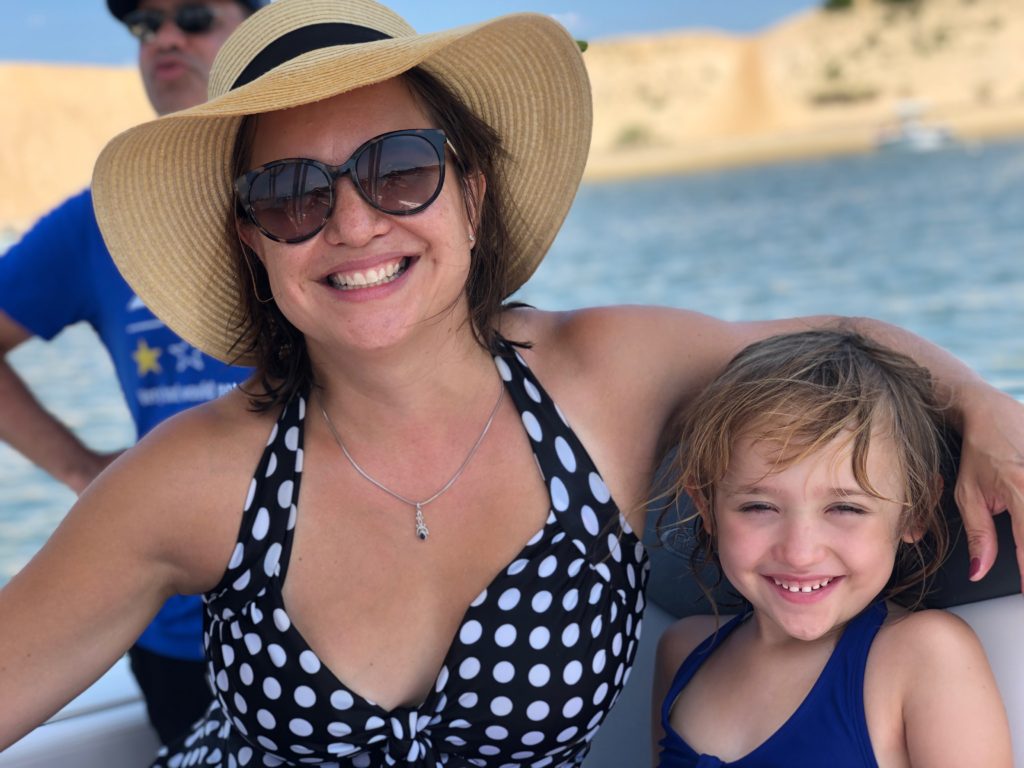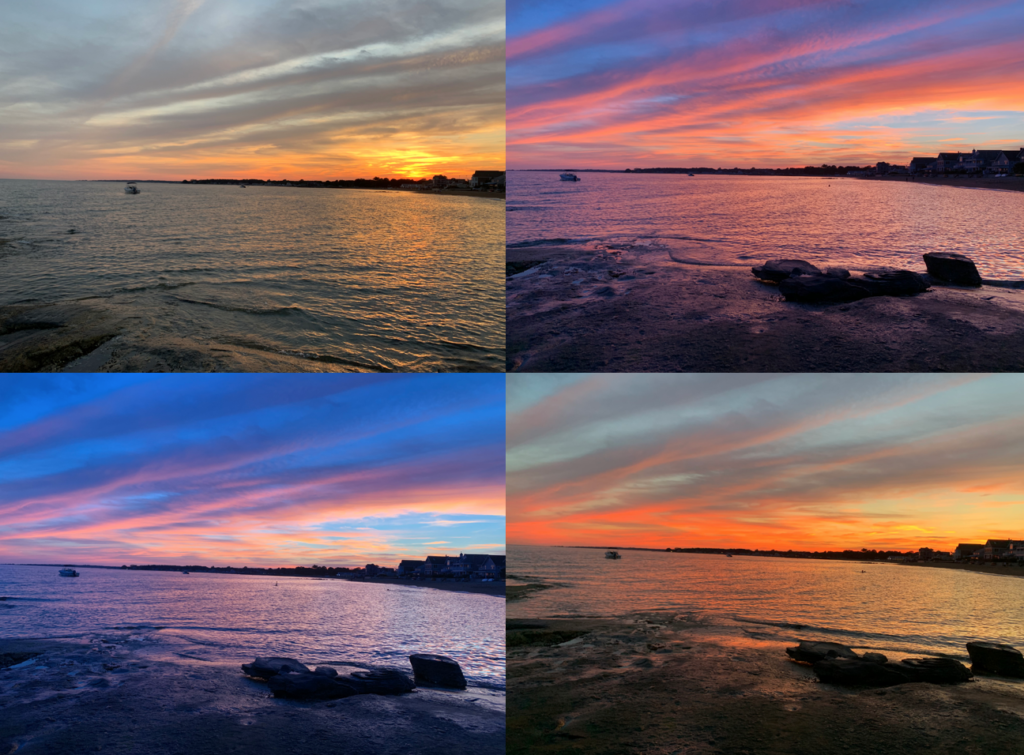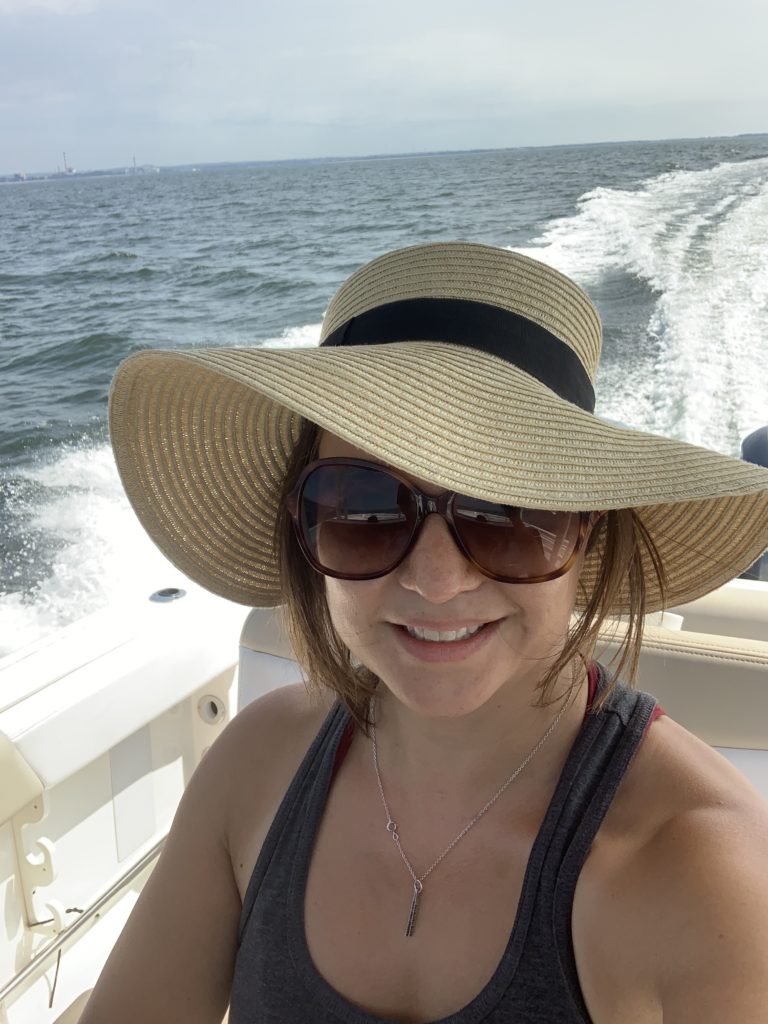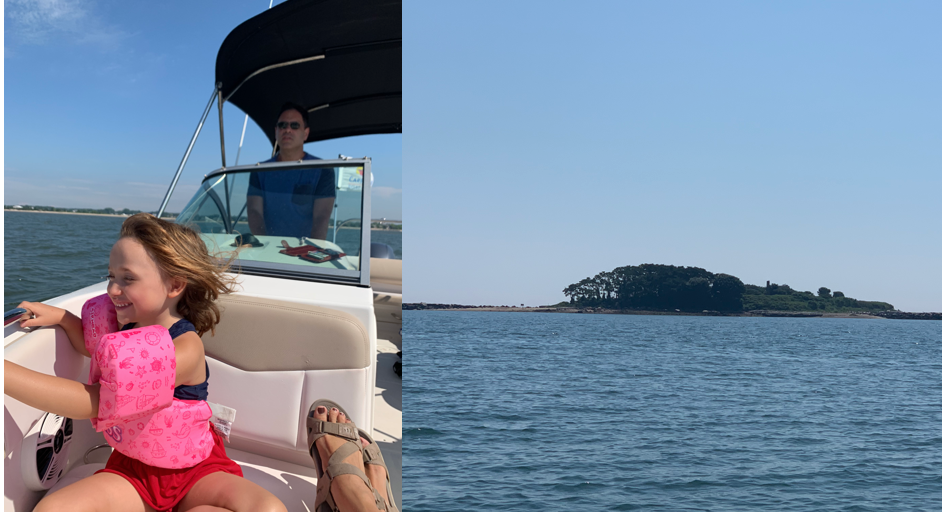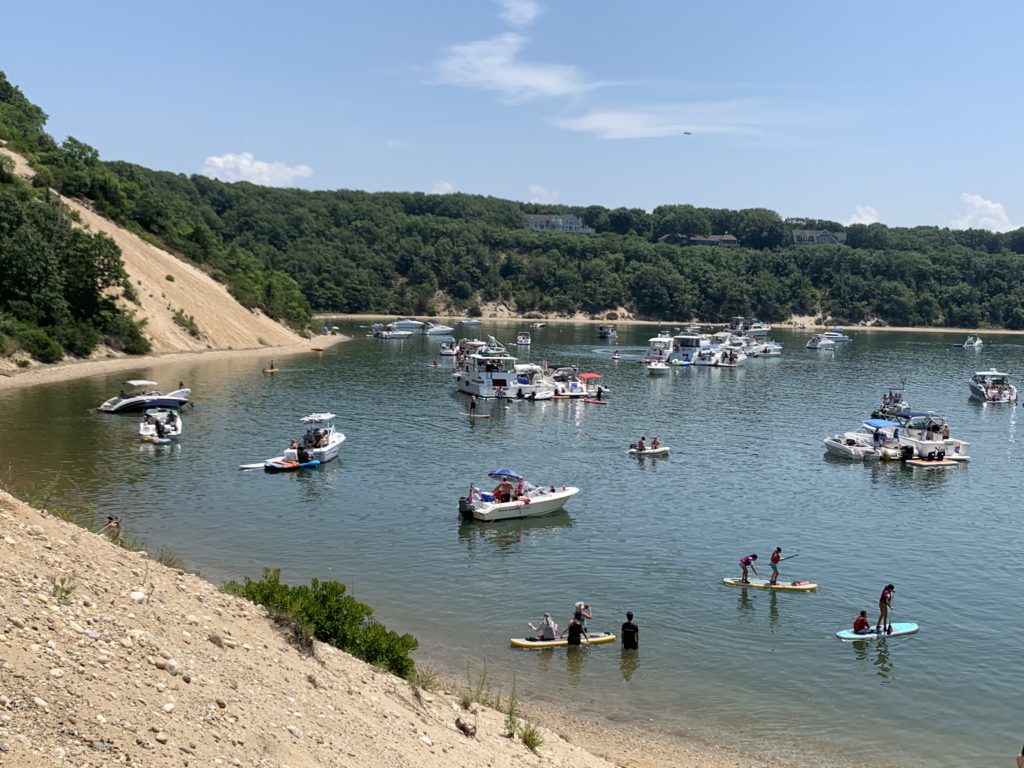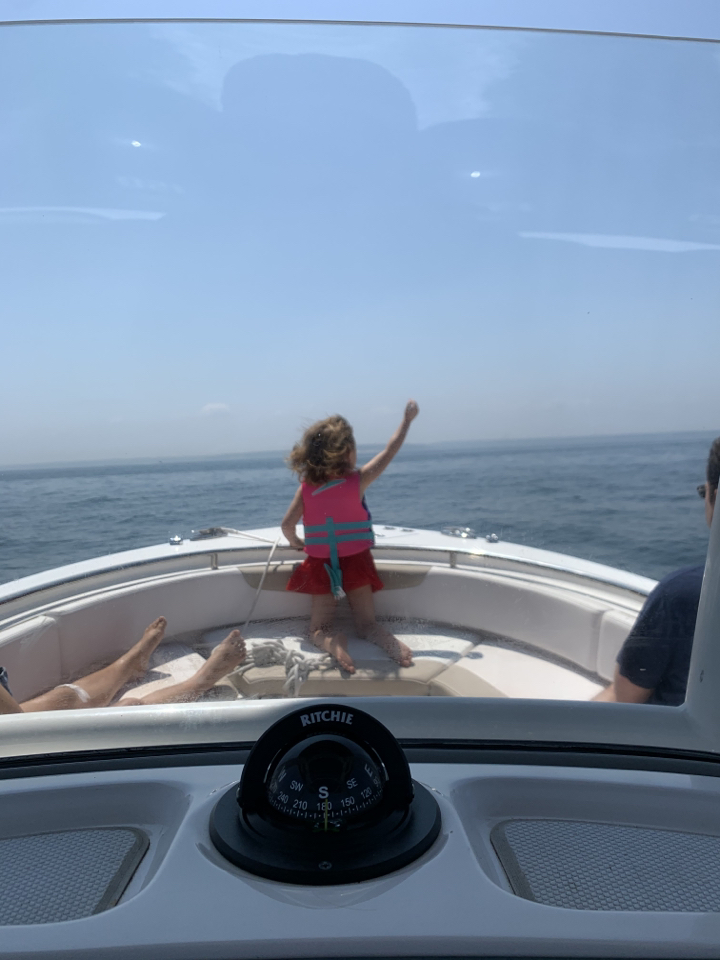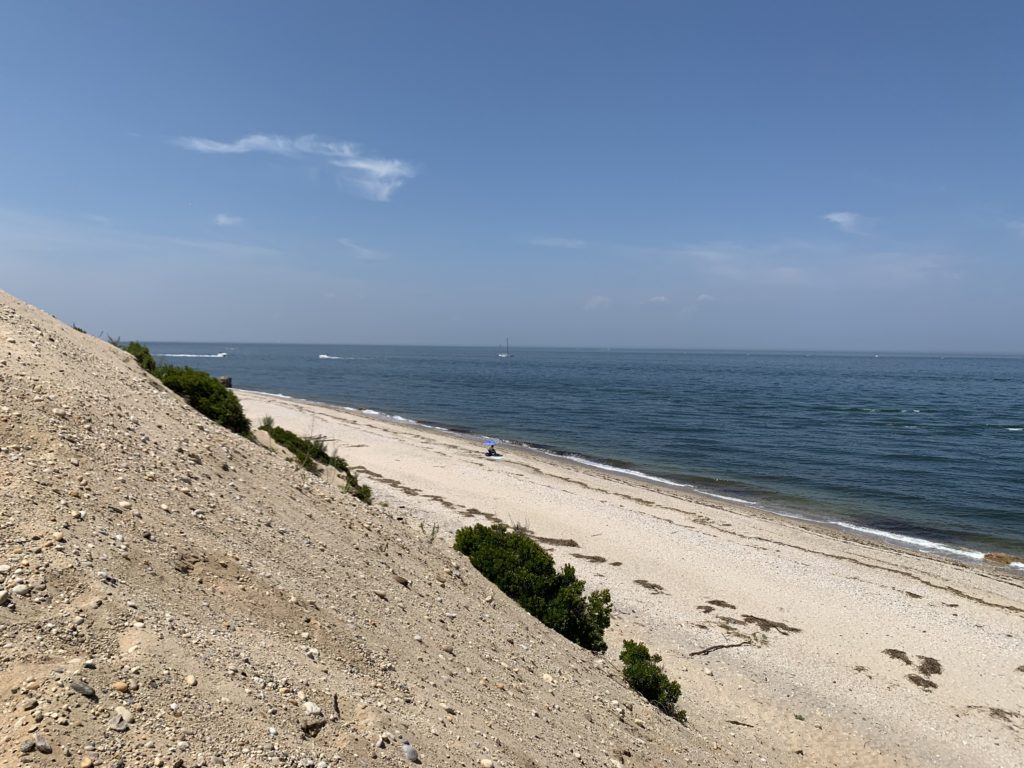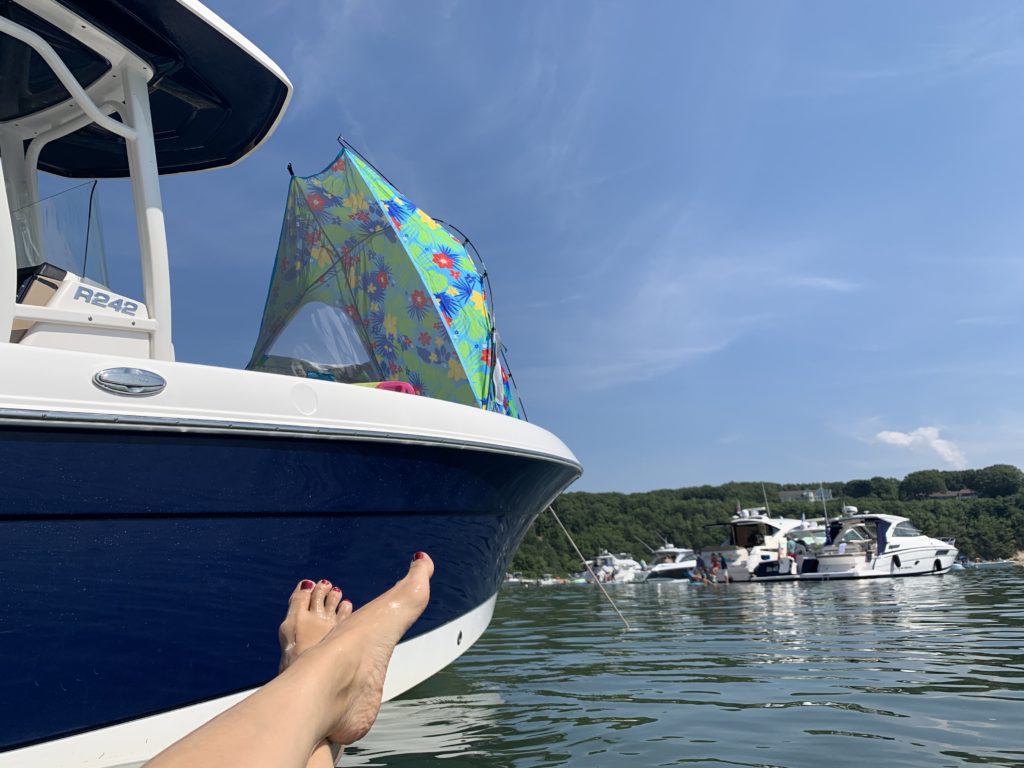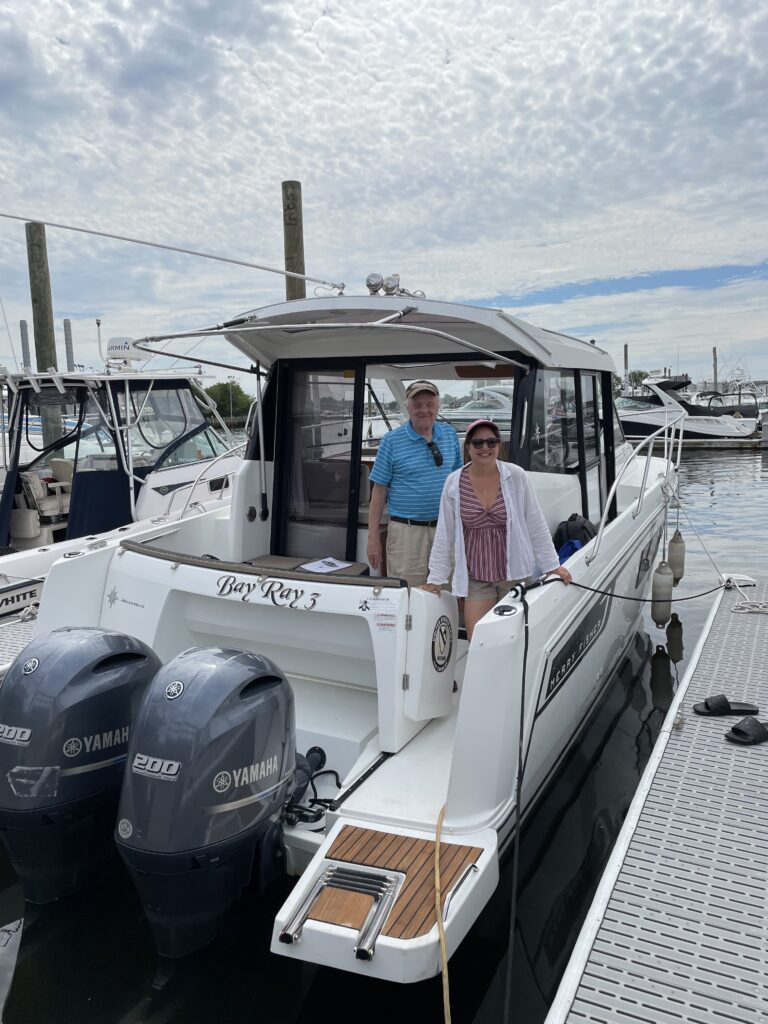
It’s been months since my last post. Why? Because that Jeanneau Merry Fisher I had found on Boat Trader checked out on the survey, and (after a large draw on our home equity line) became mine. Since then, I’ve been busy learning about my new baby’s inner workings (at times wondering if I had a serious lapse in judgment last July) and making upgrades and improvements. There’s a happy ending to this story – lots of awesome adventures this summer and a weeklong vacation on board – but it took sweat (sprinkled with blood and tears) to get there.
I found Bay Ray 3 (soon to be christened PanaSea) in Freeport, Long Island. That’s not far from home as the crow flies, but there’s a vast suburbia (Long Island) to traverse between Freeport on Long Island’s south shore and Branford, on the Connecticut side of the Long Island Sound. While I could have paid to have PanaSea shipped over land to the north shore, that takes all the fun out of it. Luckily, Captain Rich Hannon, who originally trained me at Carefree, graciously agreed to guide me out of Freeport, through New York harbor, and into the Sound.
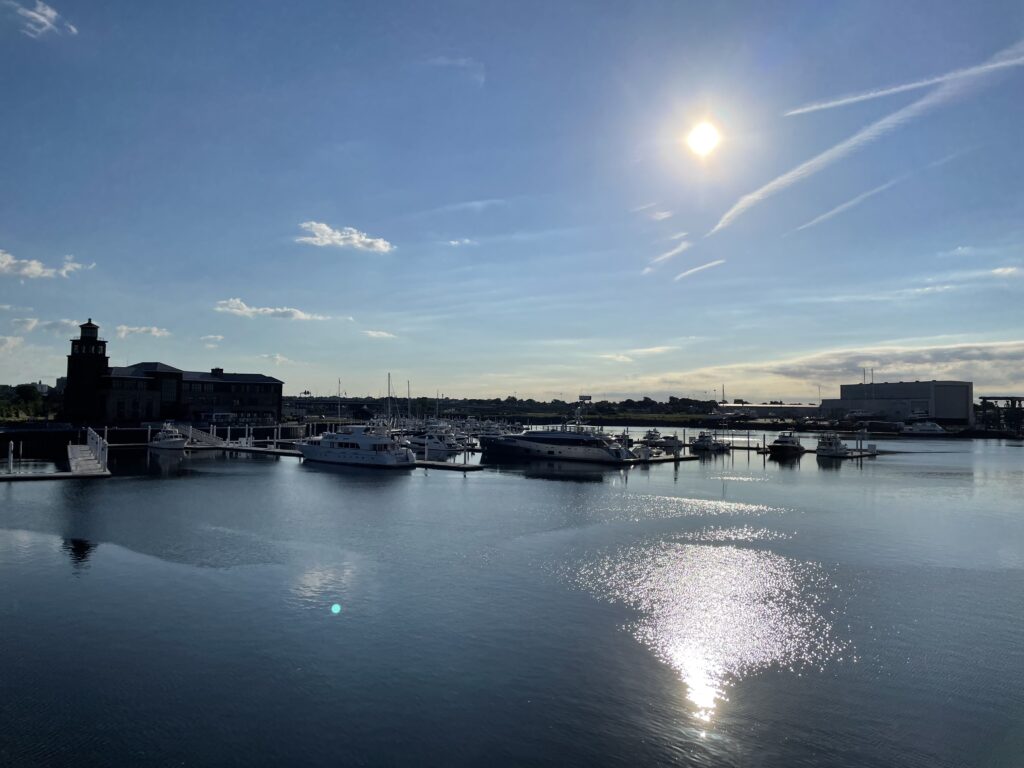
On a beautiful early morning in July, my dad and I drove to Bridgeport, Connecticut, hopped the cross sound ferry to Port Jefferson, and took an Uber, train, and another Uber, eventually arriving at Al Grover’s Marina, where PanaSea was ready to go. (Interesting side note: In 1985, before EPIRBs and other modern safety equipment, Al Grover crossed the Atlantic in a 26 foot outboard, setting a world record. His story is here: The Legend of Al Grover).
We crossed a Sound that was calm as glass. Conditions were perfect. While I was glad to have Captain Rich, whom I consider a friend, along on my momentous inaugural voyage, did I really need a captain?
Captain Rich met us at Al Grover’s promptly at noon and explained that he had done his research. We’d see if conditions at Jones Inlet were favorable. If not, we’d cross into the Atlantic elsewhere. When I asked why he had done “research,” he referred me to “Jones Inlet DANGER and DEATH,” a Facebook group with over 2,000 members dedicated to keeping boaters apprised of this treacherous inlet’s shifting conditions. I realized then how spoiled I was to boat on the Long Island Sound with its usually mucky, muddy (but relatively constant) bottom. And any thoughts that I didn’t need a captain evaporated. While Long Island’s south shore has white sandy beaches and crashing surf, that same surf shifts that powdery white sand regularly and can render channel markers incorrect, especially after a big storm. Boaters have gotten stuck on shoals and even died when pounding waves overturn stranded vessels. As we approached the inlet, Captain Rich showed me how to watch for waves breaking offshore, which indicates shoals, and pointed out an area of flat regular waves, which indicated deeper, navigable water. As we crossed, I nervously watched my depth gauge decreasing from 15 to 10 to 8 feet . . . and breathed a sigh of relief as those numbers reversed. We had left the inlet and entered safe open waters.
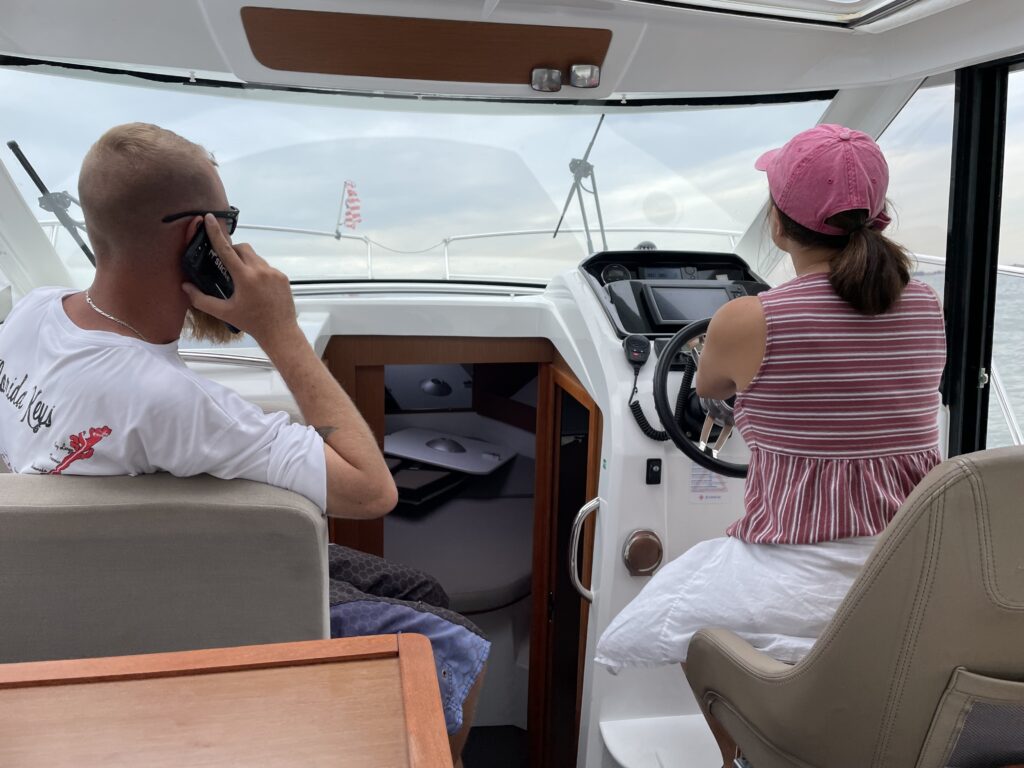
Out of the inlet and into open waters- my first trip outside the protected Long Island Sound
We’d made it out of Jones Inlet and headed offshore where deep draft cargo ships were waiting to be piloted into New York harbor- the first leg of PanaSea’s journey home was complete.
